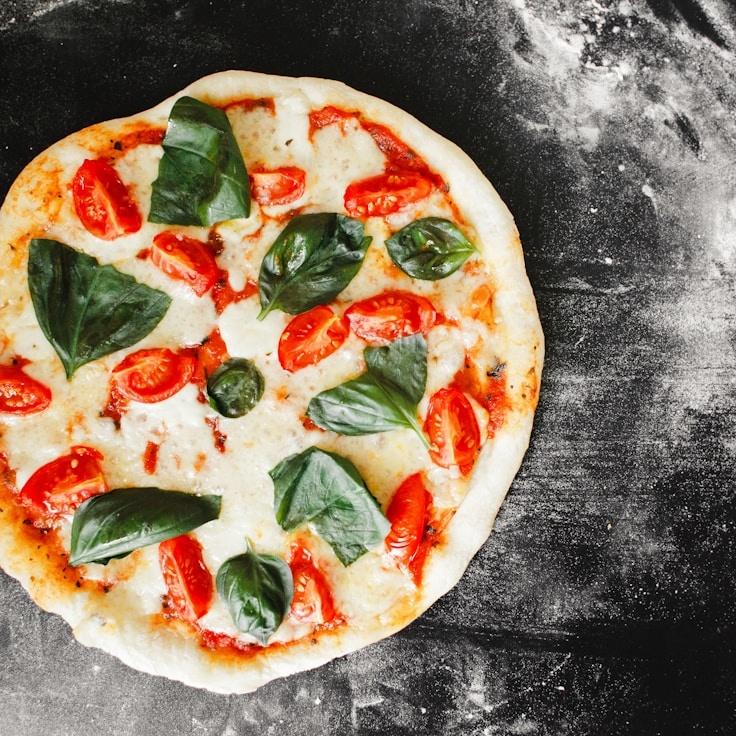Here at Crust & Craft Pizzeria, we stand by the conviction that an extraordinary pizza is born from extraordinary dough. With a legacy spanning over 30 years in refining our recipe, we are thrilled to part with some of our top-notch advice. While our proprietary formula remains a closely guarded treasured secret, the following tenets can guide you to crafting pizza dough of a caliber usually reserved for top-notch eateries, within the comforts of your kitchen.
Choosing the Right Flour
Your pizza dough’s success begins with the selection of premium flour. 00 flour, originating from Italy and finely milled with moderate protein content (typically 12%), strikes an ideal mix between robustness and softness in the dough. Should 00 flour be unavailable, a decent alternative is bread flour, which, although altering the texture slightly, still does the trick.
Optimal Water Temperature and Moisture Levels
The water's temperature is a critical determinant for the duration of fermentation and the evolution of the dough. For a prolonged fermentation conducive to an enhanced taste, use chilled water at approximately 45°F (7°C). If a swifter fermentation is desired, opt for tepid water at about 85°F (29°C). A hydration ratio—that is the proportion of water to flour—should generally be in the range of 60-70% for typical home ovens.
The Less Yeast, the Better
Truth be told, the secret ingredient for scrumptious dough is the minimal utilization of yeast combined with an elongated fermentation timeframe. With only 0.2% of fresh yeast in relation to flour weight, we let our dough naturally ferment between 24-48 hours. This unhurried method is vital for developing a complexity of flavors and fabricating a more digestible dough.
Salt’s Role Beyond Taste
While indeed adding seasoning to the blend, salt concurrently fortifies the gluten matrix and modulates fermentation. A fine sea salt at a ratio of 2.5-3% to the flour weight comes highly recommended. Incorporate it after the initial integration of flour and water to avert any direct impact on the yeast’s activities.
Fermentation Mastery
Following the amalgamation of ingredients, the dough should undergo a primary bulk fermentation phase at a stable room temperature for about two hours, then split into individual dough portions. These portions, now ready, should be encased in containers secured with lids and refrigerated for a span of 24-72 hours. During this cooling phase of fermentation, enzymes go to work, transforming starches into sugars, which translates not only into the distinct flavor profile but also the visually-appealing golden-brown crust.
Gentle Dough Handling
When the moment arrives to craft your pizza, extract the dough from the cold environment of your refrigerator 1-2 hours in advance of baking. This pre-baking routine allows the dough to attune to the ambient temperature. It’s crucial to handle the dough with a light touch to preserve the delicate gas pockets that have formed, employing fingers to press and expand the dough into shape instead of using a rolling pin that would undesirably compact the air bubbles.
The Final Element: Intense Heat
Although our professional wood-fired ovens soar to 850°F (454°C), domestic ovens typically top out nearer to 550°F (288°C). To ensure that captivating crispness whilst maintaining a light interior texture, place a pizza stone or a steel within your oven, preheating it for a full hour or more, which replicates that intensified bottom heat.
The craft of perfecting pizza dough is an ever-evolving journey, each preparation serving as a learning opportunity. Track your procedures, fine-tune the variables, and discover the idiosyncrasies that make your home kitchen the venue for pizza perfection.
To witness our dough preparation firsthand, consider participating in one of the monthly pizza workshops hosted by Chef Julien. Precise dates and further details are available through our event calendar!

